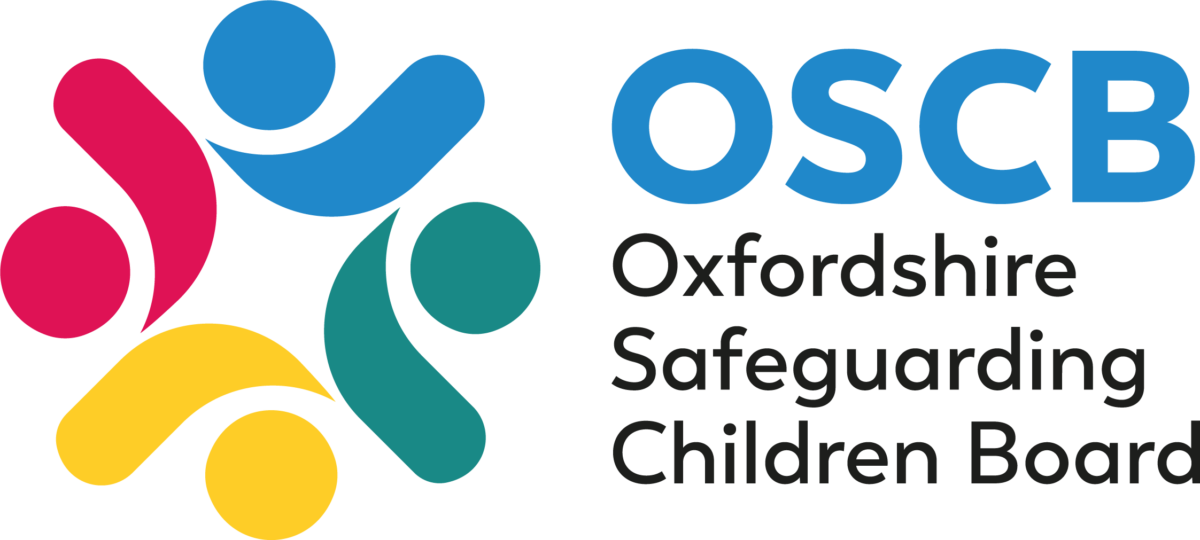Tools
These tools and interventions are for use by any professional working with families and many can be used as soon as concerns emerge.
If you need guidance or support in using any of these tools, please contact the Locality Community Support Service.
Neglect tools
- Thrive child needs and parental responses (updated 2023, formerly known as the child development checklist)
Assists in the early identification of neglect, informs decision making, supports assessments and planning, and can also be used to track improvements, deterioration or drift. It should be used alongside, not instead of, whole family assessments such as the the Strengths and Needs Form.
- Framework for recording the condition of a home (updated 2023)
Designed to assist practitioners to identify the home conditions that children and their families are experiencing – it should be undertaken with parents to establish areas where improvements are required and areas where a good standard is being achieved so that a clear baseline can be evidenced and tracked over time.
Tools to understand the lived experience of the child
Day in My Life Tools provide a reference point to assist professionals thinking when exploring neglect with children and their families/carers. Each tool reflects a different group of children and young people and identifies particular issues professionals may want to consider. Tools can be used to guide conversations, contribute to assessments of need and support identification of thresholds.
The Day in the Life Tools can be downloaded and printed:
- Day in my life – Baby
- Day in my life – Pre-school Child
- Day in my life – Child
- Day in my life – Child with disabilities
- Day in my life – Adolescent
The following are reflective tools for practitioners to use with children to understand their views and feeling about where they live:
The daily clocks and weekly suns tools can be used with a child, young person or family to explore the detail of a child’s lived experience:
Family budgeting and expenditure tools
Poverty and Financial Hardship
The following resources have been developed in partnership with colleagues from children’s social care, Mind, DWP, CAB, District Councils, Better Housing Better Health and Public Health, to provide guidance on support available for families experiencing financial hardship:
- Every moment counts: Good home visits and poverty support – video
- Every moment counts: Good home visits and poverty support – presentation
- Tools for supporting families to access benefits and other financial support 2022
- South and Vale Community Food Services infographic 2022
Using photos, images and films
Using pictures, videos and audio information can be really helpful when working with families where there are neglect concerns, for example pictures which show how things were and how they are now. Practitioners are encouraged to use imagery or other tools that help identify concerns and monitor progress. However, there is a need to ensure compliance with confidentiality, consent and storage protocols, which may be different across organisations
If using audio/ visual materials in your work with children, young people and families, such as photos, please consult your organisation’s guidance for advice on obtaining consent and storage of information.
Multi-Agency Chronology (MAC)
This allows information to be systematically shared and merged across agencies, particularly within Child Protection Planning. It provides a quick view of a family’s history, gives crucial information about a child’s life experience, and helps identify patterns of risks and positives within a family. There are four documents to support you:
- Single and Multi-Agency Chronology Practice Guidance 2021
- MAC 7-minute guide 2021
- MAC Tutorial for Agency Professionals: Gaining Access, Registering and Using the Delegation Portal for MAC Contributions
- MAC Video Tutorial for Agency Professionals: Step by step video on using the Delegation Portal
Working with parental vulnerabilities and complex needs
Neglect is a symptom of a number of complex problems and issues. The most successful interventions take a ‘think family’ approach, to identify underlying needs and difficulties in children and adults, and provide effective support.
Domestic Abuse, Mental Ill Health, Substance Misuse and Learning Disability are often contributory factors when parent’s have been unable to meet the needs of their children.
Named professional in adult services are available to provide no names consultations, about how best to meet the needs of the adults/parents within a family, where are there are concerns about child neglect and where there adults experiencing domestic abuse, substance misuse, or who have a learning disability, mental ill health, and/or complex needs.
For more information and contact details, please read the guidance document, Named Professional Role in Adult Services.
OSCB Multi-Agency Toolkit
See this page for a range of multi-agency tools for working with children and families across a range of identified concerns.
Education settings should also see the Safeguarding in Education webpage, for setting specific neglect tools and resources developed in response to the learning from safeguarding reviews involving neglect
External Online Resources
- NSPCC Solutions-Focussed Practice Toolkit: This toolkit from the NSPCC provides inspiration for worksheets and activities to use, adapt or devise for the children and young people you work with, all from a solutions-focussed practice perspective.
- NSPCC: Neglect and its relationship to other forms of harm: Examining the relationship between child neglect and forms of sexual harm and abuse.
- Research in Practice Neglect Mapping Resource: Open access framework to build evidence-informed learning and development pathways in relation to child neglect.
- Early Intervention Foundation Guidebook: Evaluates early intervention programmes.
